Sunderland / South Tyneside / North Tyneside / Gateshead / Washington / Durham / Hetton and Houghton / Jarrow / Hebburn / Newcastle / Chester Le Street
Fill our the form below for a free, no-obligation quote.
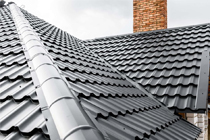

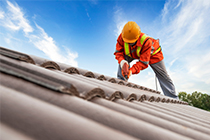

All tradesmen are legally required to carry public Liability Insurance in order to Protect Customers. These policies are not cheap, especially for Roofers! Obviously working at height can present a lot of additional risks which need to be covered against.
This vital document protects you the customer in the event that the Roofer YOU have instructed accidently or otherwise causes any damage or injury to you, your property, or any third parties or their property while installing a New Roof on your property.
Most Homeowners Buildings and Contents insurance policies require YOU the homeowner to notify them prior to any Major Roof Work in order to cover against any unforeseen damages, or claims that may occur during work.
If YOU instruct an un insured Roofer to install a New Roof on your property YOU could be found Liable for any 3rd party claim for damages or injury to them or their property.
If the Roofer is a professional, he will care enough about his customers to be paying for it.
The Roofers Insurance Certificate will have a reference number on it that can easily be checked on line for authenticity.
You need a copy of the certificate, to make sure, and to inform your home insurance, ask for it…!

Any tradesman who produces, carries or transfers any trade waste is legally required to hold an Environment Agency Issued Waste Carriers Licence.
This document protects YOU the customer against any fly tipping fine liability should your old Roof Covering be illegally fly tipped for any reason. When your old Roof is stripped and removed a waste transfer note will be created to ensure the old Roofing materials are disposed of legally and correctly to the appropriate waste transfer stations.
If your old Roof Coverings are found to be fly tipped and can be linked to you and your property, you could be found liable for both a fine and also the cost to remove any fly tipped waste Roofing materials.
Having a copy of the Roofers waste Licence protects YOU.

This Document will be specific to your property and will detail the Exact Roofing Materials agreed to be used on your New Roof and also the agreed methods that they will be installed by. It may also detail the relevant Building Regulations relating to the Roofing work described and the Roofing materials detailed.
Getting a Written detailed Roofing work description and Replacement Roof installation specification will PROVE you really are getting the best Roofing materials you have chosen and PROVE they will be installed correctly in line with the contract offered.
Without this detail in writing a Roofer (defending a claim against him) could claim YOU had told him to use the cheapest materials and the cheapest methods, and YOU had agreed this to achieve a low price based on this.
It’s all about getting exactly what you are paying for and also PROVING that YOU may have been mis sold in the event that you have any problems with your New Roof.

A Written Quote Sheet
This Document will Detail The Price The Roofing Company is offering, to complete the agreed Work. It should include as much information as possible, including Scaffold Costs, Labour and Materials Costs, Waste Removal Costs etc.
Any VAT (if Applicable) should be detailed with the price.
Having this in writing is the only way to legally protect yourself against any large price changes by the roofer once work has begun.

The written warranty is contained within the Roofing Contract. This extremely important document is left with the customer to view at their own leisure and to consider all of the information provided. Completed and Signed by both the Roofer and the Customer to legally agree the work and the price offered and agreed between the two parties.
The Roofing Contract and warranty is Signed when the Customer has decided to go ahead with the order and has informed the Roofer to go ahead with the work, and importantly before any work has been started. The Length of the warranty with any terms and conditions is detailed within the Contract. The Roofing Companies full details should be included.
ROOF WARRANTY INSURANCE
Roofers can register with Insurance providers and offer customers an insurance policy for any warranty offered. Most Warranty insurers require the Roofer to prove their Roofing Qualifications and Roofers Public Liability Insurance Cover, another stipulation they usually require is that the Customer is given a Written Contract for the work to be insured.
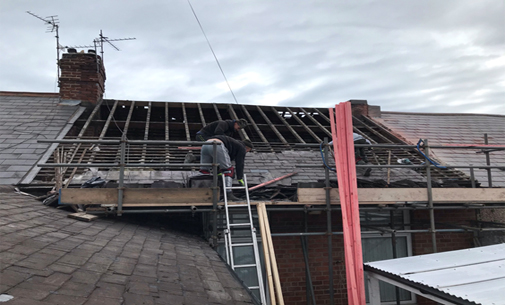
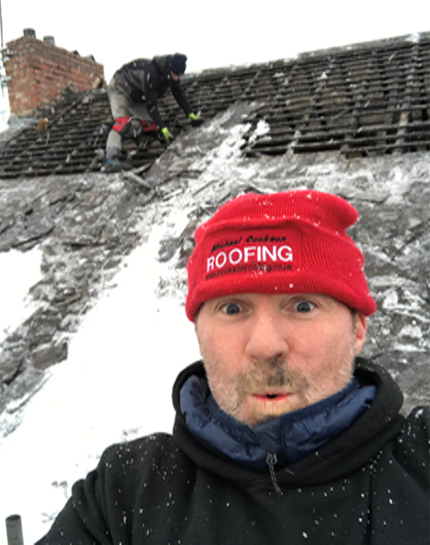
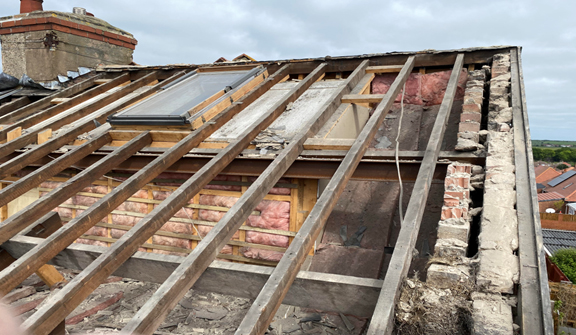
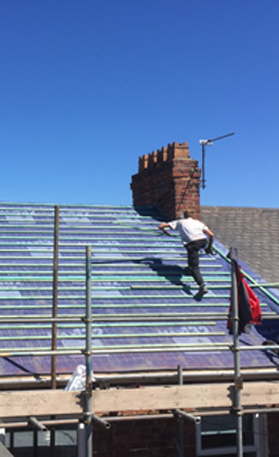
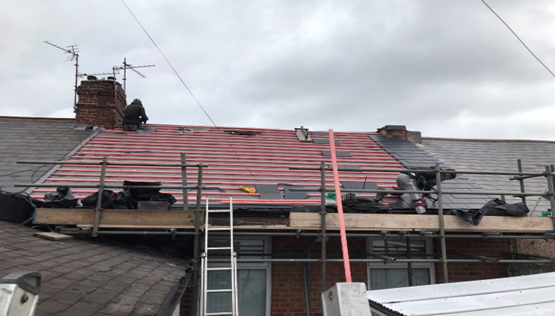
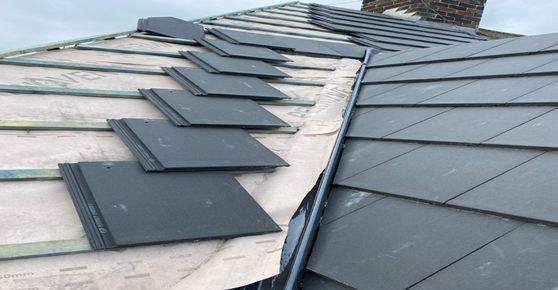



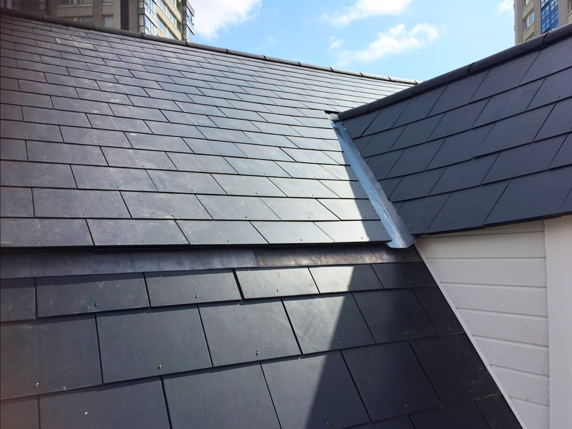

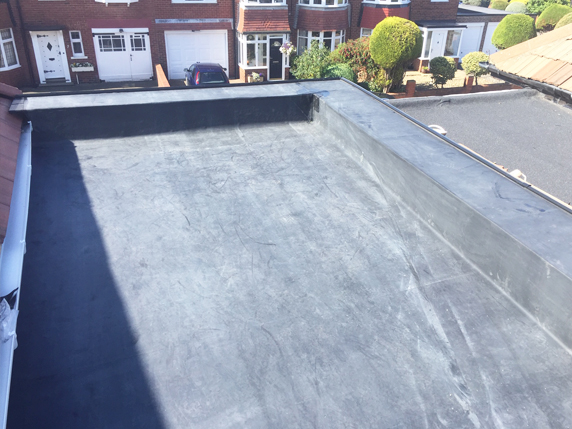
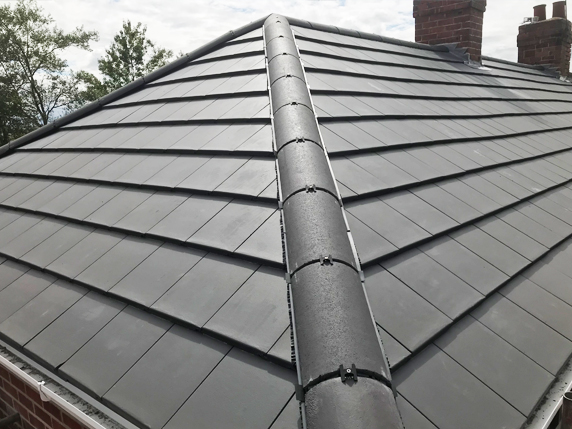

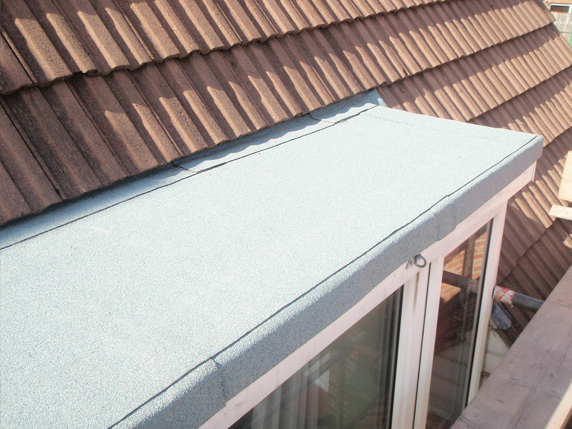

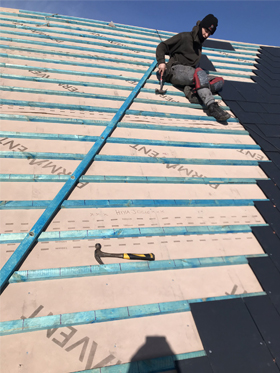
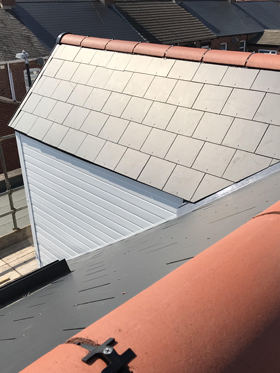

© WearDigital - All Rights Reserved. 2023
Michael Cookson Roofing is an Introducer Appointed Representative of Kanda. Kanda is a trading style of Kanda Products & Services Ltd, Forward House, 17 High Street, Henley-in-Arden, B95 5AA, registered in England (11330964), authorised and regulated by the Financial Conduct Authority (firm reference number 920795). Kanda is acting as a credit broker offering finance products from a panel of lenders Credit is subject to status. Representative example: 11.9% APR Representative based on a loan of £5000 repayable over 60 months at an interest rate of 11.9% pa (fixed). Monthly repayment of £109.45. Total amount payable £6567.16.
